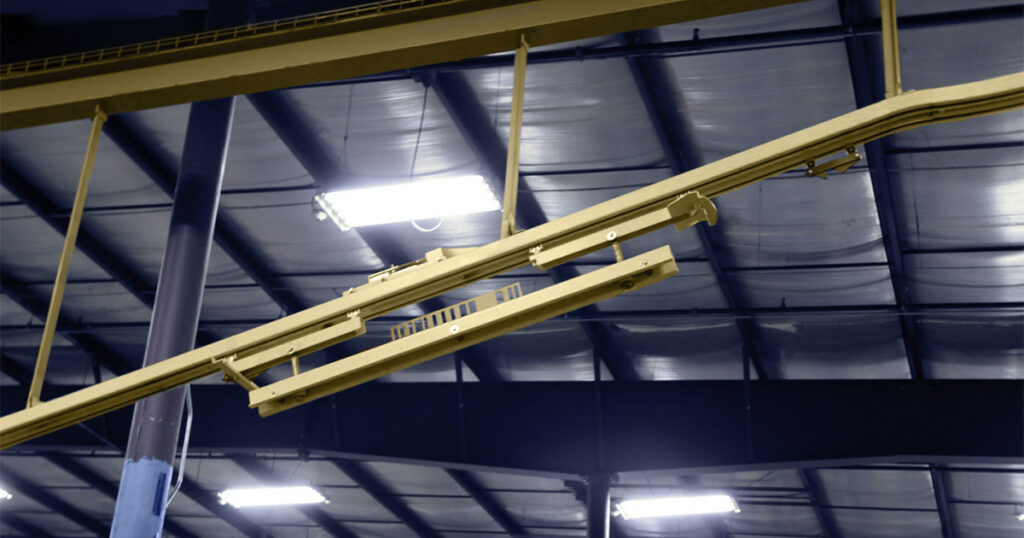
Carrier identification systems are the unsung heroes of the modern production line. While most of the Industry 4.0 hype is reserved for robotics and automation, none of these amazing technologies would be quite so effective without IDs and ID readers.
ID systems are at the heart of a smart facility’s internal communications. As carriers travel along a conveyor, IDs signal a unique fingerprint for each one, allowing various machines across the system to “know” where carriers are positioned at any given time. They make it possible for items to move through the same system in unique ways, signaling their presence and ensuring they undergo the right processing at the right time.
ID systems are essential to the modern production line. But finding the right system for your line depends on several key factors.
Heat might be the most important one.
When Radios Break a Sweat
One of the most common ID systems is Radio Frequency Identification (RFID). RFIDs signal a carrier’s unique “fingerprint” via radio waves, making them popular for applications that require individual control of each carrier after leaving the load point.
And yet, for all their strengths, RFIDs have a key weakness.
They just can’t take the heat.
Subject an RFID system to temperatures exceeding 300F, and something starts to happen. They become unreliable. Their signals are scrambled. Sometimes, they stop working altogether.
That might not be a problem for you, so long as temperatures along your line stay relatively low. But many applications – particularly finishing lines, which use ovens to cure parts – subject carriers to temps well over 300F. At the same time, they still need an identification system.
Fortunately, there’s one that can handle the heat.
The Beauty of Metal Barcodes
Metal barcodes might sound a bit low-tech. But they can be the perfect solution for power & free conveyor systems that subject carriers to intense heat. (And, as you’ll see, they’re hardly low-tech.)
The beauty of metal barcode plates is that they are specifically designed to withstand the hottest conditions. Cranking up an oven to 350F? No problem. Metal barcodes can even handle temperatures exceeding most conveyor warranties (up to 450F, generally).
But what about dirt and dust? As you may have heard, some barcode systems have a hard time operating in dirty conditions. As particles collect in the gaps between their bars, lasers struggle to read their codes, defeating the whole purpose of the identification system and, at times, causing damage and downtime. Some barcodes are as vulnerable to particulate as RFIDs are to heat.
The metal barcodes that we use at Richards-Wilcox Conveyor don’t have that problem. Thanks to the plates’ extra-large openings, lasers can easily read them, even when a large amount of dust collects on the plates themselves.
Finding the Right ID System
So which is better: RFIDs or metal barcode plates and readers?
As usual, there’s no cookie-cutter answer. It all comes down to your facility, your applications, and the conditions in which your conveyor is operating. The important thing is that you equip your line with the right ID system for your line.
That’s where we can help.
How Richards-Wilcox Conveyor Can Help You Evolve
From designing conveyor solutions for new facilities to integrating Industry 4.0 technology into existing lines, Richards-Wilcox Conveyor helps you create a smarter, faster, safer and more efficient operation—one that’s ready to compete today and evolve for the rapidly changing world of tomorrow.
Learn more about our legacy of innovation or get in touch with Richards-Wilcox to learn what we can do for you.